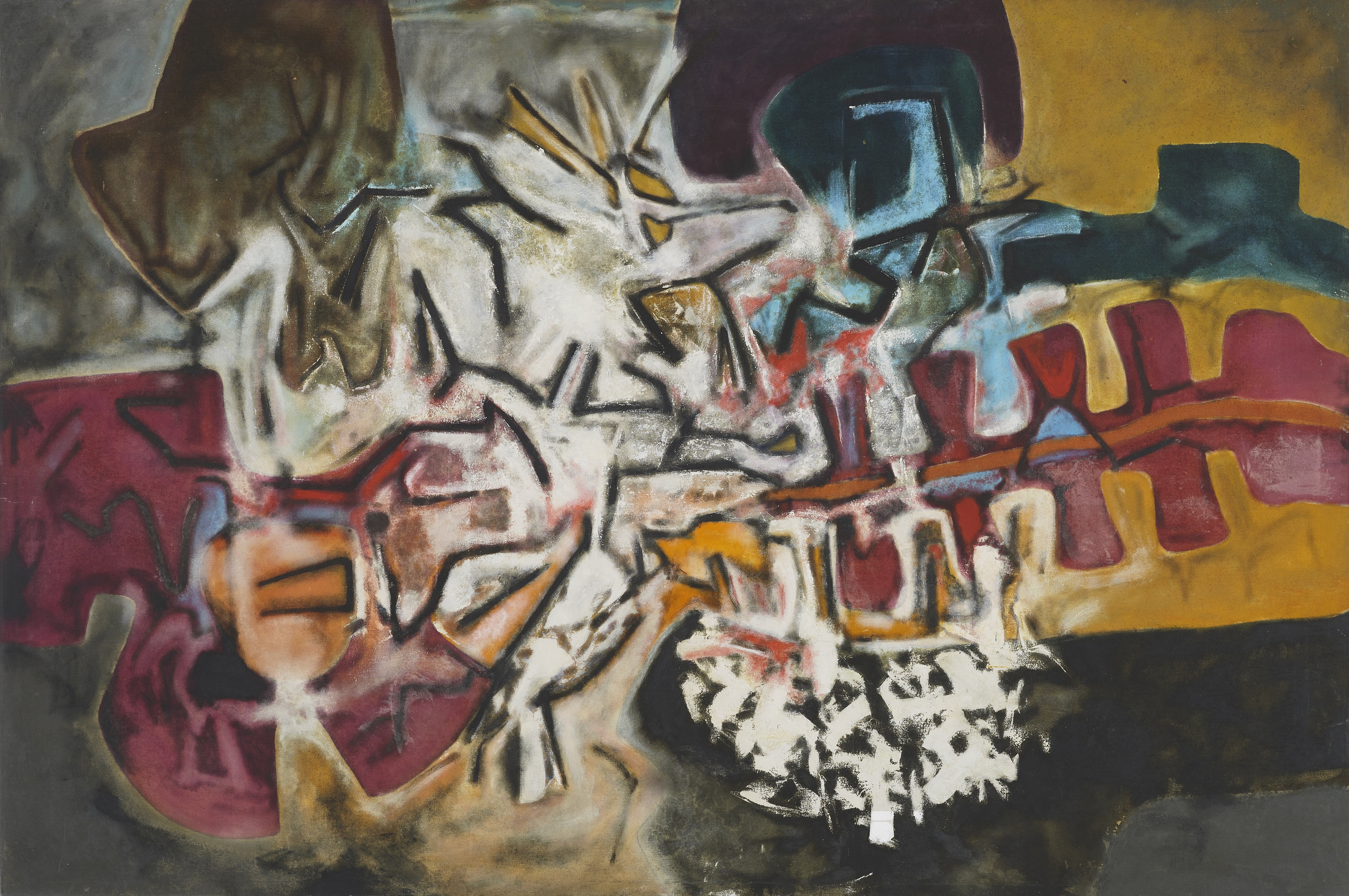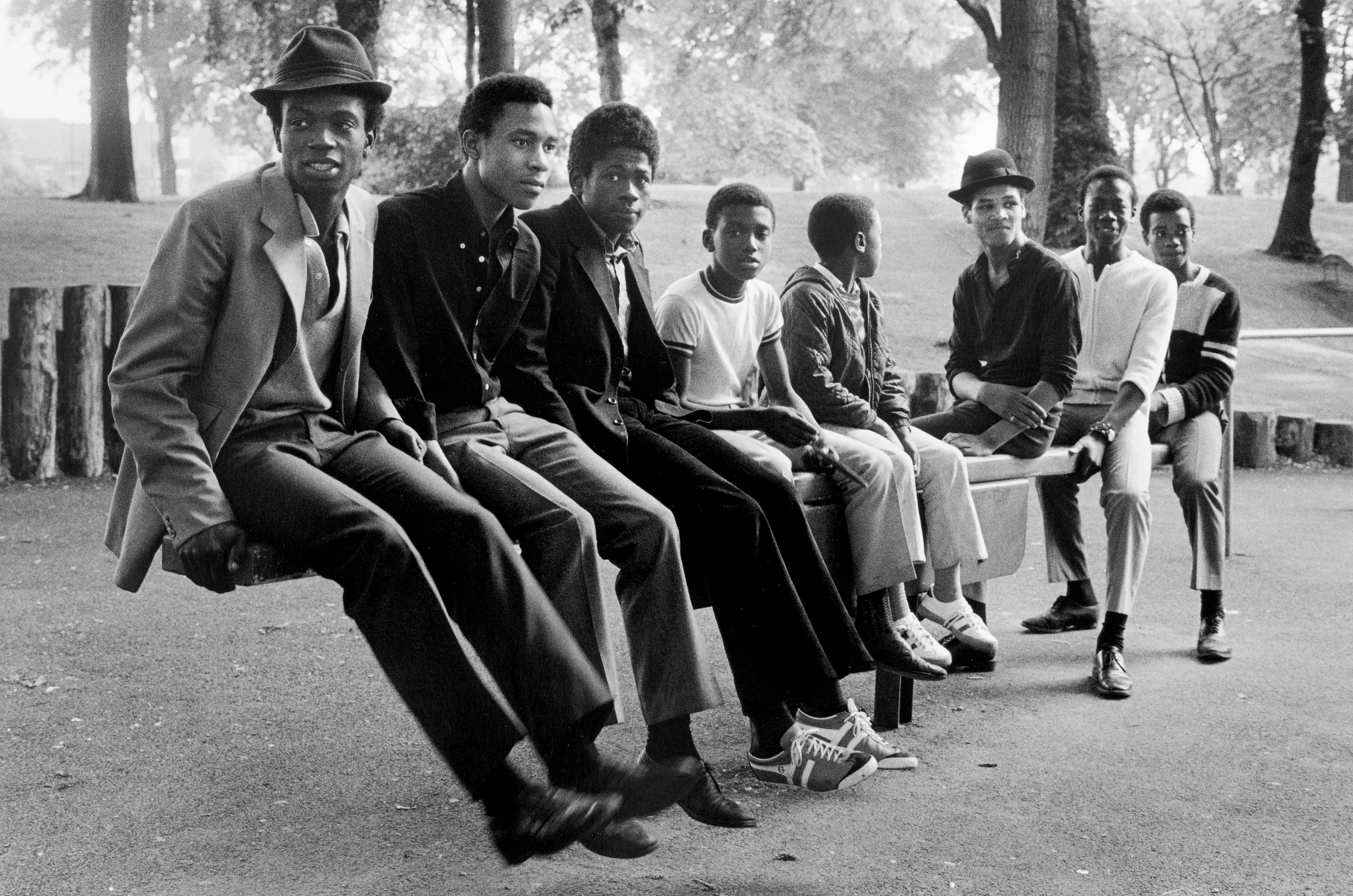Life Between Islands review: Joyous, thought-provoking and beautifully put together
The Tate Britain’s exhibition of Caribbean-British art is an absolute must-see

The past few years have seen numerous exhibitions with what might be called “and about time” factor, and they’ve generally been shows bringing belated recognition to veteran Black artists. It was “about time” we saw decent surveys for the Guyana-born London painter Frank Bowling (at Tate Britain in 2019) and for Lubaina Himid, Zanzibar-born winner of the 2017 Turner Prize (currently showing at Tate Modern). This, however, is the “and about time” exhibition to beat all others. It seems incredible we’ve had to wait till now for a full survey of Caribbean-British art, given the massive impact Caribbean culture has had on just about every aspect of British life.
Yet from the outset the exhibition has you wondering precisely what it means by the term Caribbean-British art. Is it art produced by British artists of Caribbean origin, regardless of whether their work pertains to the Caribbean – making this a show in effect of Black British art? Is it the work of artists from Caribbean former British colonies, be they of Africa, Indian, Chinese or even white European descent? Or is it art created in the Caribbean by British artists? The answer seems to be something of all of these, with occasionally perplexing results.
The principle thread, however, is the struggle of African-Caribbean people in Britain to find a voice and a platform in the visual arts against a background of overwhelming indifference and sometimes outright hostility from white British society in general and the British art world in particular.
The show starts with three powerful pioneers: Jamaican-born Ronald Moody’s Johanaan (1936), a monumental and serenely smiling symbolic representation of John the Baptist in richly grained elmwood, dominates the opening of the exhibition. Aubrey Williams’s visionary abstract paintings draw on the ancient carvings of the indigenous people of his native Guyana, while his countryman Denis Williams (no relation) provides a distinctive African-Caribbean take on European Modernism. There’s a sense of relatively isolated artists grasping for a cosmic-mystical dimension in the Caribbean’s rich conjunction of cultures, and a proud optimism in the face of huge obstacles.
This broadly magic-realist feel continues through Frank Bowling’s shimmering, large-scale colour field paintings from the Sixties to the Eighties. Fugitive traces of maps appear among the layers of incandescent pigment, pointing us back to the works’ geographical and cultural source. This dreamlike mood is cut short by Neil Kenlock’s punchy photographs of Black Power activists, which take us straight to a grim monochrome Seventies Britain of police harassment and racist attacks. This ominous mood finds sculptural form in Donald Locke’s Trophies of Empire, a cabinet with rows of plainly phallic forms in lead, which the artist insists represent bullets. The work’s disquieting ambiguity is all the more powerful for remaining completely deadpan.
A preoccupation with the African-derived folklore of masquerades and carnivals is a consistent aspect of Caribbean art and life, the show argues. And it takes on a very knowing, even satirical form during the embattled Seventies and Eighties, the period of the SUS laws and ensuing violent protests, in works such as Tam Joseph’s The Spirit of the Carnival (1982), showing an uproarious, straw-covered masked figure dancing within a ring of shield-bearing riot police. Denzil Forrester’s Jah Shaka (1983), meanwhile, brings a sense of near-religious reverence to the legendary reggae sound system.
Documentary photography rooted in community provides another strong current. Alongside powerful and highly atmospheric images of activism and protests from the likes of Dennis Morris, Vron Ware and Armet Francis, veteran Birmingham photographer Vanley Burke brings a tremendous warmth to his images of life in the city’s Handsworth area. This mood continues into Michael McMillan’s The Front Room (2021), an affectionate recreation of the sort of domestic interior created by the first wave of African-Caribbean immigrants to Britain, with its richly patterned wallpaper, knitted doilies and all-important reproduction of Leonardo da Vinci’s The Last Supper; though the apparent cosiness is offset by having a piece of violent Seventies TV drama about police brutality showing on the television.

That note of unease is as nothing, however, beside the sheer anger burning from Keith Piper’s classic 1988 photo-collage sequence Go West Young Man, which invokes the Atlantic slave trade, racist lynchings, bodybuilding and British tabloid newspapers in its dissection of the demonisation of the Black male body. While Piper was a key figure in the avowedly angry Black Arts Movement, there is, not entirely paradoxically, something very British in this work’s raw and punkish energy.
It’s disconcerting to jump from Piper, an artist who has been highly influential on other Black British artists, but pretty much ignored in recent celebrations of British artistic diversity, to three of the world’s biggest selling painters: Peter Doig, Chris Ofili and Lisa Brice, none of whom are Caribbean by birth or ancestry, though all have lived and worked in Trinidad. While I predict objections to the idea that Caribbeanness can be just picked up and put down from a position of privilege, Doig’s mysterious beach scenes fit seamlessly with the show’s more magic-realist aspects; though Brice’s slick canvases feel a more awkward inclusion. But it’s not so much the ethnicity of the artists that’s in question, as the disjunction between art that’s been relentlessly marginalised and art that’s had the full backing of the western-dominated global arts system. While Ofili’s Blue Riders and Blue Devils, which feature both carnival figures and the Metropolitan Police in deep, saturated blues, work well opposite Zak Ove’s sculptural take on traditional masquerade costumes, Ofili’s No Woman No Cry, inspired by the Stephen Lawrence murder, would have been a more apt choice; it is in a free display in a neighbouring room, but not actually in the show itself. While it was created before Ofili’s move to Trinidad, it’s a poignant confirmation of the fact you don’t have to be of Caribbean origin (Ofili is of Nigerian descent) to create an icon of the Caribbean British experience.
It would be surprising, perhaps even slightly worrying, if a show on a subject as rich, complex and laden with massive themes and issues as this one didn’t throw up at least a few queries and qualifications. Whatever the odd minor gripe, this is an absolute must-see exhibition: joyous, thought-provoking and beautifully put together. It ends with powerful installations by Sonia Boyce, Marcia Michael and fashion designer Grace Wales Bonner, together with a group of choice canvases by Hurvin Anderson, who I have long argued is the most significant painter working in Britain today. This show may have started out addressing the embarrassment of the fact there has been no great Caribbean British art show to date, but it ends up showcasing the phenomenal breakthroughs made by artists over this period.
Until 3 April



Join our commenting forum
Join thought-provoking conversations, follow other Independent readers and see their replies
Comments